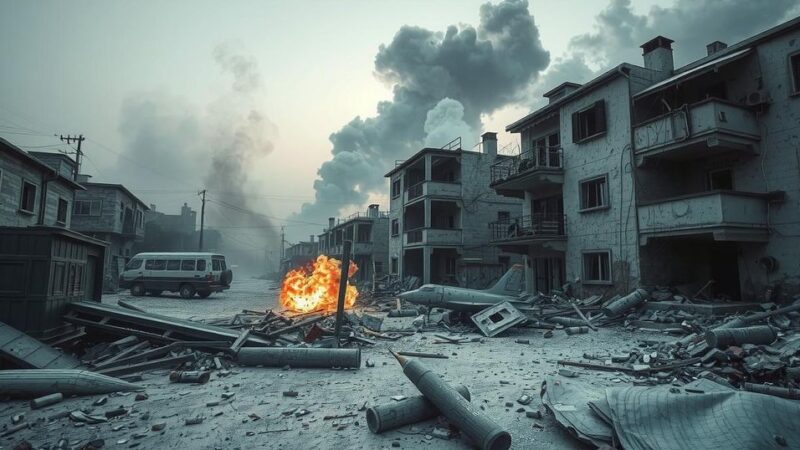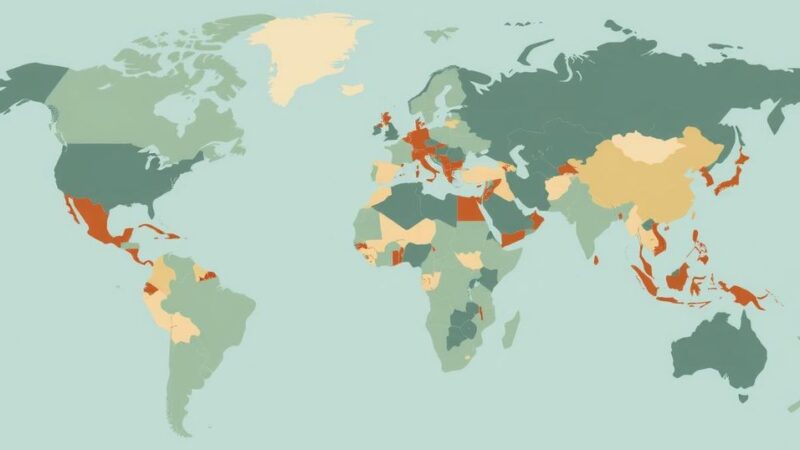The article analyzes the challenges Libya continues to face since 2011, highlighting the recent violence and political turmoil alongside simultaneous efforts for stability and governance. It draws comparisons to Syria’s ongoing transition post-Assad’s regime, emphasizing the risks of factionalism and foreign influence in both contexts.
This article discusses the ongoing struggles in Libya since the Arab uprisings of 2011, drawing parallels to Syria’s transition from civil unrest. It notes that while Libya remains embroiled in violence and political impasse, Syria may have opportunities for recovery following the ousting of the Assad regime. However, both nations face potential outcomes shaped by fragmentation, foreign interests, and powerful local factions, raising concerns about effective governance and stability.
Libya has experienced political turmoil since the NATO-backed removal of Muammar Qaddafi, leading to a fragmented landscape with competing governments. Recent efforts toward stability, highlighted by elections and judicial opinions, coexist with ongoing violence and corruption, epitomized by the chaos following the resignation of the UN envoy, Abdoulaye Bathily. He cited the lack of political will among Libyan leaders and the failure to make substantial progress in national reconciliation. “The selfish resolve of current leaders to maintain the status quo must stop,” he asserted before the Security Council.
In the broader context, Russia’s influence in Libya complicates efforts for stability, particularly as it seeks to expand its reach in North Africa following the shift in Syria. The involvement of foreign powers, such as the Kremlin’s alignment with General Haftar, adds complexity to the already tense dynamics on the ground. As Libya navigates its challenges, observers are wary of a potential repeat of previous failures experienced in both Libya and Syria, underscoring the urgent need for authentic governance that reflects the will and welfare of the citizens.
The lengthy civil wars in Libya and Syria have extensively reshaped their political landscapes. Starting with the 2011 Arab uprisings, expectations for democratic reform led quickly to chaos and ongoing violence. With Libya facing political disunity and crises characterized by militia activity and ineffective governance, many fear a similar fate for Syria following the expulsion of its long-standing leader, Bashar Assad. Both nations illustrate how external interventions and the absence of cohesive national authority can lead to state collapse and chronic suffering among their populations.
In conclusion, as Syria seeks to emerge from civil strife, the ongoing instability in Libya serves as a cautionary tale about the repercussions of fragmentation and foreign interference in governance. Without genuine reconciliation and political will, both nations risk a continued cycle of violence that undermines their future. The international community’s role remains critical in fostering conditions that prioritize the welfare and rights of the citizens, steering both countries toward more stable and unified governance.
Original Source: www.arabnews.com






